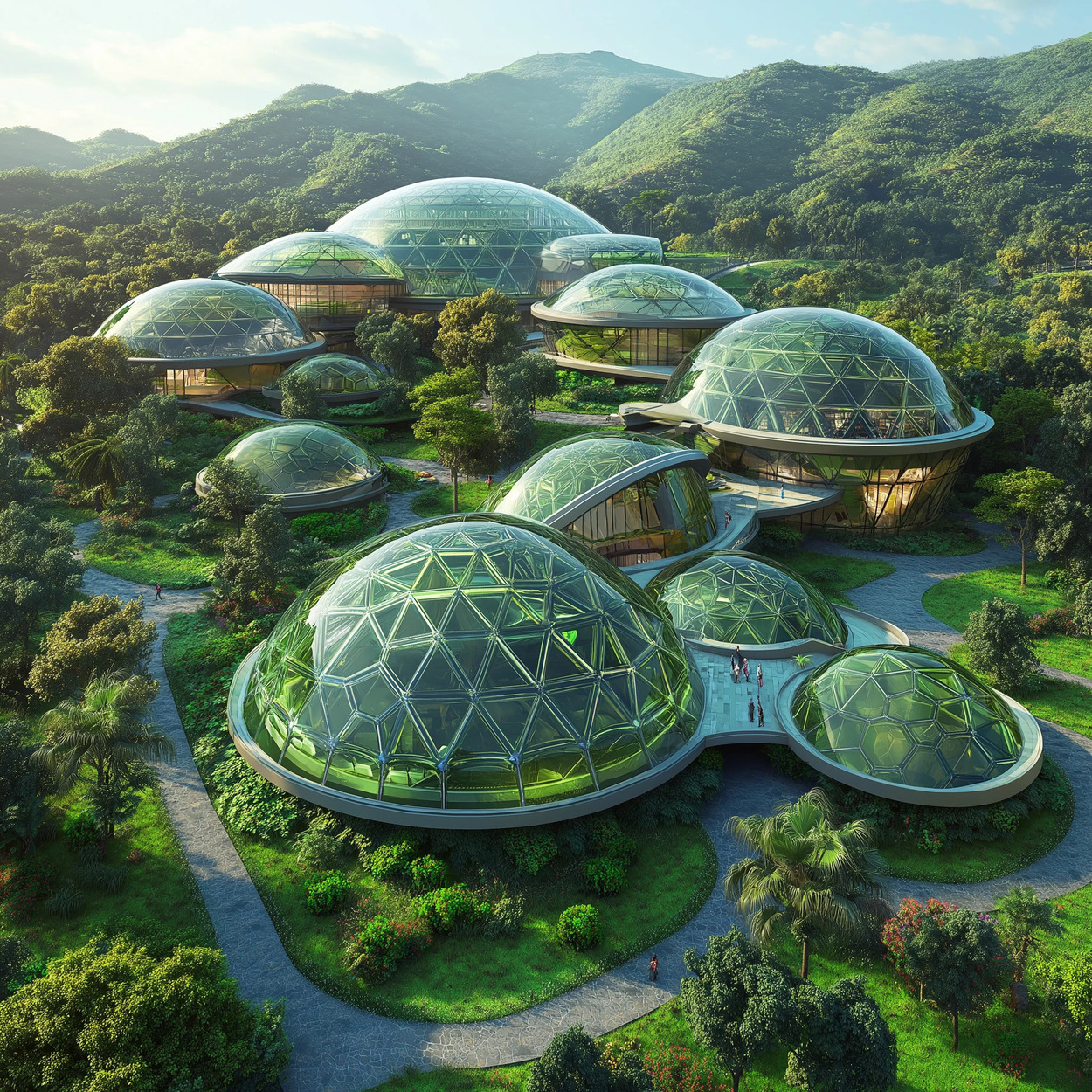- Home
- Articles
- Architectural Portfolio
- Architectral Presentation
- Inspirational Stories
- Architecture News
- Visualization
- BIM Industry
- Facade Design
- Parametric Design
- Career
- Landscape Architecture
- Construction
- Artificial Intelligence
- Sketching
- Design Softwares
- Diagrams
- Writing
- Architectural Tips
- Sustainability
- Courses
- Concept
- Technology
- History & Heritage
- Future of Architecture
- Guides & How-To
- Art & Culture
- Projects
- Interior Design
- Competitions
- Jobs
- Store
- Tools
- More
- Home
- Articles
- Architectural Portfolio
- Architectral Presentation
- Inspirational Stories
- Architecture News
- Visualization
- BIM Industry
- Facade Design
- Parametric Design
- Career
- Landscape Architecture
- Construction
- Artificial Intelligence
- Sketching
- Design Softwares
- Diagrams
- Writing
- Architectural Tips
- Sustainability
- Courses
- Concept
- Technology
- History & Heritage
- Future of Architecture
- Guides & How-To
- Art & Culture
- Projects
- Interior Design
- Competitions
- Jobs
- Store
- Tools
- More
Top Benefits of Using Eco-Friendly Materials in Architecture

In today’s world, the push for sustainability has never been more urgent. As architects and builders, we have a unique opportunity to make a significant impact by incorporating eco-friendly materials into our projects. Not only do these materials help reduce our carbon footprint, but they also offer numerous benefits for our health and well-being.
Using eco-friendly materials in architecture can lead to improved indoor air quality, reduced exposure to harmful chemicals, and enhanced overall comfort. According to the World Health Organization, prolonged exposure to certain environmental factors, like excessive noise, can lead to serious health issues such as stress, cardiovascular disease, and cognitive impairment. By choosing sustainable materials, we can create spaces that promote a healthier lifestyle while also being kinder to the planet.

Table of Contents
ToggleEnvironmental Impact of Eco-Friendly Materials
Reducing Carbon Footprint
Eco-friendly materials significantly reduce the carbon footprint of construction projects. Sustainable materials like bamboo, recycled plastic, and natural fibers require less energy to produce than traditional materials such as concrete and steel. According to authoritative sources, the use of sustainable materials can lower greenhouse gas emissions, which are essential for combating climate change. For example, green buildings that utilize recycled steel or natural insulation can drastically cut down the overall emissions compared to those using virgin resources.
Conserving Natural Resources
Using eco-friendly materials helps conserve natural resources. Renewable resources such as sustainable timber are harvested from responsibly managed forests, ensuring biodiversity preservation and preventing deforestation. Materials like reclaimed wood or recycled steel reduce the demand for new resources, limiting environmental degradation. Some sustainable materials, like hardwood decking, boast a lifespan of up to 40 years, minimizing the need for frequent replacements and further reducing waste. By opting for recycled and renewable materials, we can significantly contribute to the long-term preservation of our planet’s resources.

Health and Safety Benefits
Improved Air Quality
Eco-friendly materials greatly enhance indoor air quality by eliminating harmful chemicals. Traditional building materials often emit volatile organic compounds (VOCs), which can cause respiratory issues and long-term health problems. By using sustainable options, we prevent these VOCs from polluting our indoor spaces. Materials free from VOCs, such as low-VOC paints and finishes, ensure cleaner air. Accordingly, the occupants enjoy a healthier living environment. For instance, many eco-friendly materials consist of natural fibers and non-toxic substances, promoting better air quality.
Safer Construction Practices
Using eco-friendly materials ensures safer construction practices. Conventional construction frequently includes materials like plastic byproducts that can release toxic substances. These carcinogens not only lead to severe health risks but also contribute to environmental pollution. By opting for sustainable materials, we mitigate these dangers. Recycled and renewable materials reduce the need for new resources and lower waste production. These practices make construction sites safer for workers by minimizing exposure to harmful chemicals. Moreover, adopting green building concepts helps in maintaining a cleaner, safer construction ecosystem.
Economic Advantages
Cost Savings Over Time
Eco-friendly materials can generate significant cost savings over time. Green buildings have almost 20% lower maintenance costs compared to non-green structures. For example, sustainable materials like bamboo and reclaimed wood require less frequent replacement and maintenance, resulting in lower long-term expenses. Additionally, energy-efficient materials reduce utility bills. Energy-efficient windows and insulation materials can cut energy costs by up to 30%. These lower operational costs make green buildings financially beneficial in the long run.
Increased Property Value
Using eco-friendly materials can also drive up property values. Our investment in green buildings often leads to properties appreciating faster than traditional buildings. Reports indicate a 10% or greater increase in asset value for green properties. This trend reflects growing market demand for sustainable buildings. Tenants and buyers prioritize buildings that offer long-term economic benefits and a reduced environmental impact. For instance, LEED-certified buildings in Los Angeles reported higher rental rates, with tenants willing to pay a premium for sustainability features. Thus, integrating eco-friendly materials directly contributes to higher property valuation and marketability.

Sustainable Building Practices
Energy Efficiency
Energy-efficient building practices significantly reduce the reliance on nonrenewable energy sources like coal. Installing solar panels harnesses solar energy, while strategic window placement maximizes natural light, minimizing the use of artificial lighting. This not only conserves energy but also lowers utility costs. Implementing energy-efficient designs contributes to environmental conservation by reducing carbon emissions, aligning with global sustainability goals. According to the Energy Information Administration, buildings consume nearly 40% of the total energy in the US. By adopting energy-efficient measures, we not only reduce this consumption but also adhere to industry standards for eco-friendly building.
Waste Reduction
Waste reduction in construction minimizes the environmental impact and operational costs. Reusing materials from previous projects and opting for recyclable materials lowers the volume of waste generated. Efficient waste management practices help in reducing disposal costs and conserving natural resources. The Environmental Protection Agency notes that construction and demolition debris constitutes a significant portion of the nation’s waste stream. By implementing sustainable waste management strategies, we can significantly cut down on this waste. Additionally, using modular construction techniques can optimize material use and further reduce waste. Adopting these methods enhances project efficiency and contributes to a more sustainable construction industry.

Conclusion
The benefits of using eco-friendly materials in architecture extend far beyond environmental conservation. Our choices in sustainable construction materials play a crucial role in mitigating climate change. According to the Environmental Protection Agency (EPA), residential and commercial buildings account for 30% of all greenhouse gas emissions in the United States. While our individual projects might contribute only a fraction, collectively, our efforts can significantly reduce this environmental burden.
By opting for recycled and sustainable materials, we not only reduce waste but also contribute to a cleaner, greener world. The US construction industry annually sends over 160 million tons of nonindustrial waste to landfills. Using eco-friendly alternatives helps us minimize this waste and promotes a more sustainable future.
Health and wellbeing also greatly benefit from eco-friendly materials. Traditional building materials often release volatile organic compounds (VOCs), which can negatively impact indoor air quality. Sustainable materials reduce exposure to these harmful substances, creating healthier living and working environments.
Economic benefits are another compelling reason to choose eco-friendly materials. Although the initial costs of sustainable materials can be higher, they offer substantial savings over time through lower maintenance costs and reduced energy bills. Furthermore, properties built with sustainable practices often see increased market values, making them wise investments.
The future of green building materials looks promising, with ongoing research and innovation driving the development of even more sustainable options. By embracing these materials and integrating them into our projects, we can build a more sustainable and comfortable world.
- advantages of eco-friendly construction
- advantages of sustainable architecture
- benefits of green construction
- eco architecture materials
- Eco Friendly Architecture
- eco-friendly building techniques
- eco-friendly construction materials
- environmentally friendly construction
- environmentally sustainable architecture
- green architecture benefits
- green building materials
- sustainable architecture
- sustainable building benefits
- sustainable building materials
- sustainable design materials
- using eco-friendly materials in construction
A licensed architect with hands-on studio experience, I translate complex design ideas into clear, engaging stories for a global audience. As a seasoned content writer and editor, I craft articles, project features, and thought-leadership pieces that illuminate emerging technologies, sustainable practices, and cutting-edge design trends—always with an architect’s eye for detail, accuracy, and narrative flow. My goal is to bridge practice and publication, giving fellow professionals and curious readers alike the insight and inspiration they need to push architectural boundaries.
Submit your architectural projects
Follow these steps for submission your project. Submission FormLatest Posts
Green Architecture Explained: Designing for a Resilient Tomorrow
Green architecture explained through resilience: practical ways to cut carbon, improve health,...
Top Sustainable Surface Materials Every Designer Should Know
Explore sustainable surface materials with a designer-ready scorecard: carbon, toxins, durability, circularity,...
Eco-Friendly Floor Coverings: Smart Choices for a Greener Home
Eco-friendly floor coverings made simple: discover sustainable materials, trusted certifications, and room-by-room...
What are Biodomes?
Biodomes are transforming architecture by blending ecological science with advanced design to...












Leave a comment